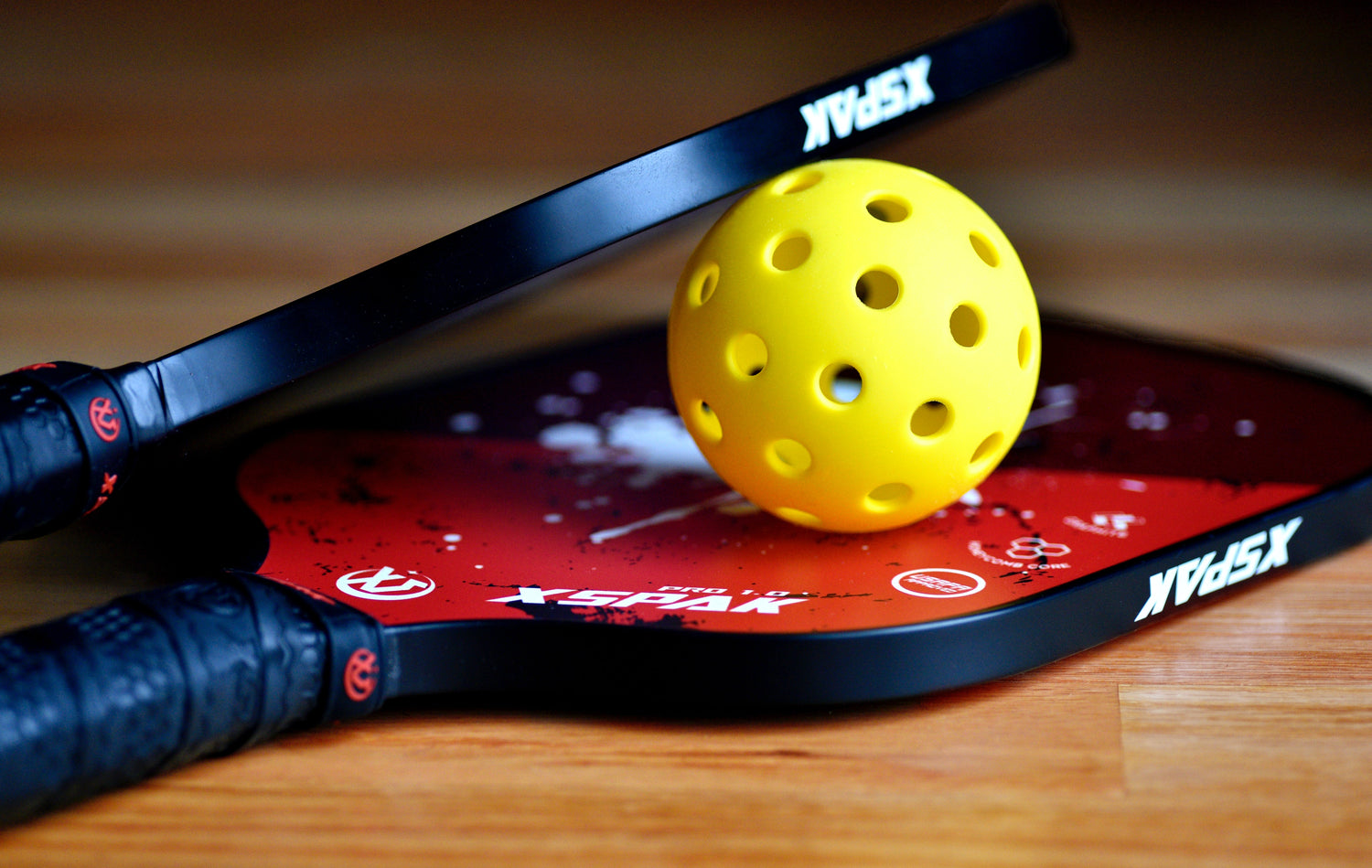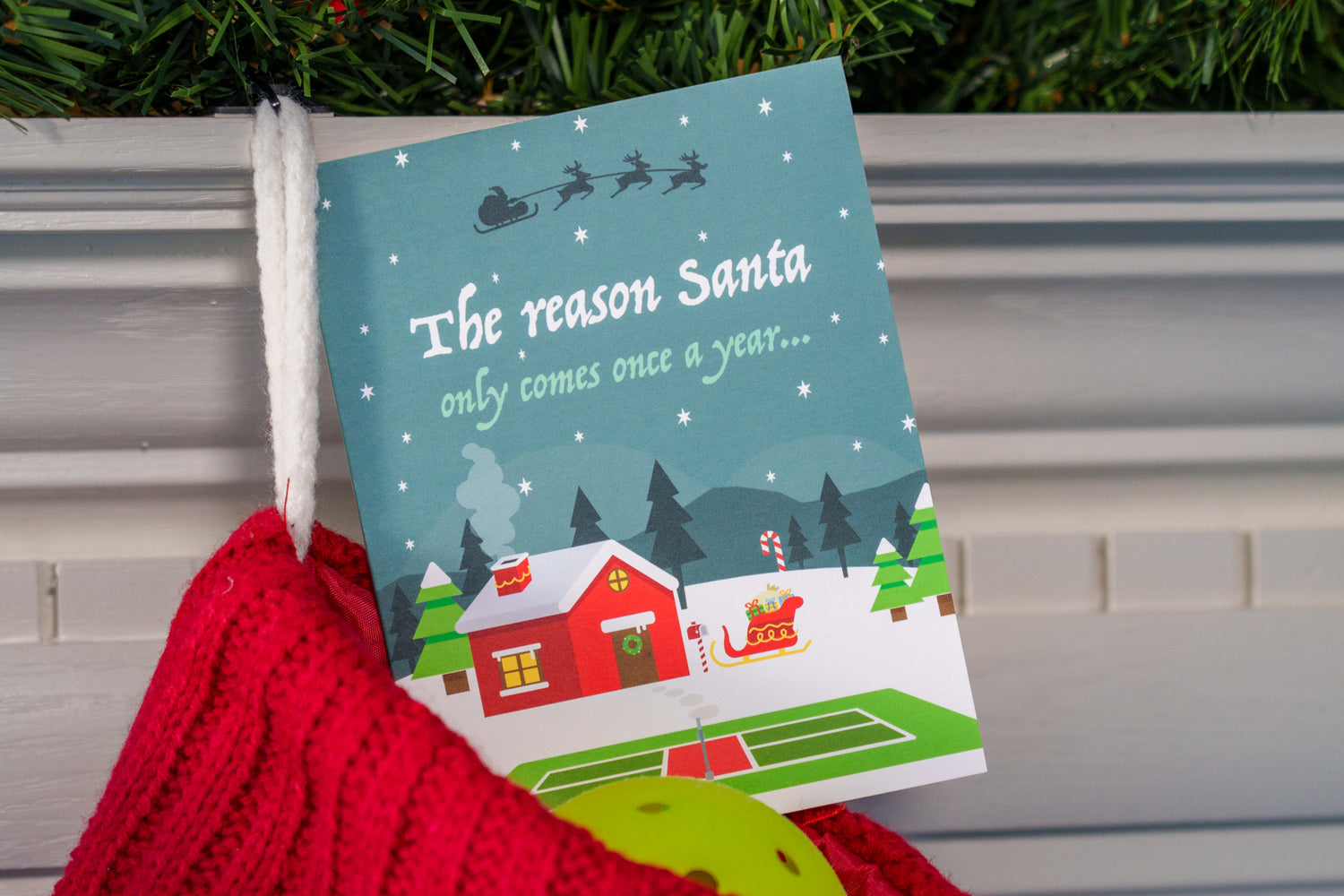Published January 16, 2024
Pickleball, a sport that has rapidly gained popularity for its exciting blend of strategy and accessibility, operates on a set of rules that ensure fairness and fun for all players. Whether you're a beginner or looking to refine your knowledge, understanding these rules is key to enjoying the game. Let's dive into a detailed breakdown of pickleball's fundamental rules.
1. Mastering the Serve
- Underhand Technique: Every serve in pickleball must be made underhand, adding a unique twist to the game.
- Serving Options: Players can choose to serve by either dropping the ball and hitting it off the bounce or directly after dropping it.
- Paddle Position: When serving, your paddle must be below waist level, ensuring a fair serve.
- Court Diagonals: Aiming diagonally, the server must target the opposite service court, adding a layer of strategy right from the game's start.
- Clearing the Kitchen: The ball must fly over the non-volley zone (the kitchen) and land within the bounds of the opposite service court.
2. The Two-Bounce Rule
- Initial Bounces: This rule requires that after the serve, each side must let the ball bounce once before returning it, ensuring a balanced start to each rally.
- Volley Restrictions: Players can only start volleying (hitting the ball in the air without a bounce) after these initial bounces have occurred on each side.
3. The Art of Volleying
- Air Strikes: Volleying is a dynamic aspect of pickleball, where players hit the ball in the air.
- Kitchen Boundaries: Stepping into the non-volley zone, or 'the kitchen', to volley results in a fault, making positioning and footwork crucial.
- Bounce First: Remember, the two-bounce rule must be observed before volleying begins, adding a strategic element to the game’s early moments.
4. Navigating The Non-Volley Zone (The Kitchen)
- Zone Restrictions: The non-volley zone is a critical area where players are not allowed to volley, encouraging a play style that balances power and precision.
- Playing a Bounced Ball: Players are permitted to enter the kitchen to play a ball that has bounced in this zone, allowing for more varied strategies.
5. Understanding Faults
- Stopping Play: A fault is any action that violates the rules, halting play immediately.
- Consequences of Faults: If the serving team commits a fault, they lose their serve to the opposition. In doubles, it passes to the second server. If the receiving team faults, the serving team scores a point.
- Common Faults: Examples include hitting the ball out of bounds, failing to clear the net, or committing a volley fault in the kitchen.
6. Making Accurate Line Calls
- In or Out: Determining whether a ball is in or out is crucial. A ball landing on any part of the court lines is considered 'in', except during a serve.
- Serving Specifics: During the serve, the ball must land within the appropriate boundaries without touching the non-volley zone line.
- Calling Disputes: When in doubt, the benefit of the doubt should go to the opponent. If partners disagree, the ball is considered in.
Embracing the Game Spirit
Remember, while mastering the rules is important, pickleball is ultimately about enjoyment and sportsmanship. These rules not only ensure a fair and engaging game but also enrich your playing experience. Practicing and adhering to these guidelines will elevate your skills and enjoyment of the game!
For more information, strategies and tips on pickleball be sure to check out USA Pickleball, The International Pickleball Federation, and the Pro Pickleball Registry!
~
Looking for more insightful pickleball tips and strategies? Or perhaps the perfect pickleball gift?
Be sure to explore our other blog posts for everything from beginner's guides to advanced techniques. And don't forget to check out our top-rated pickleball gifts, perfect for players of all types, both on and off the court!



